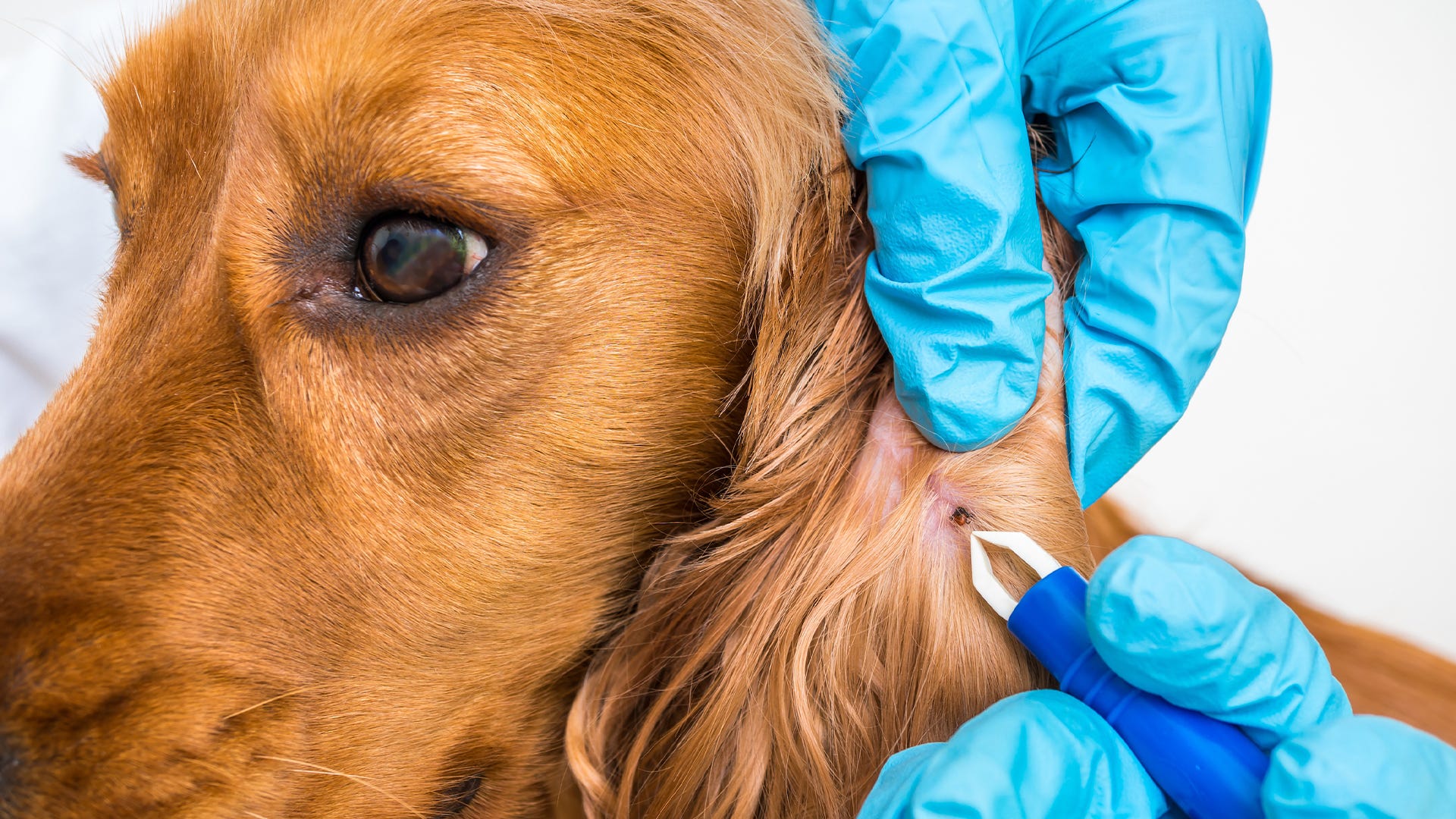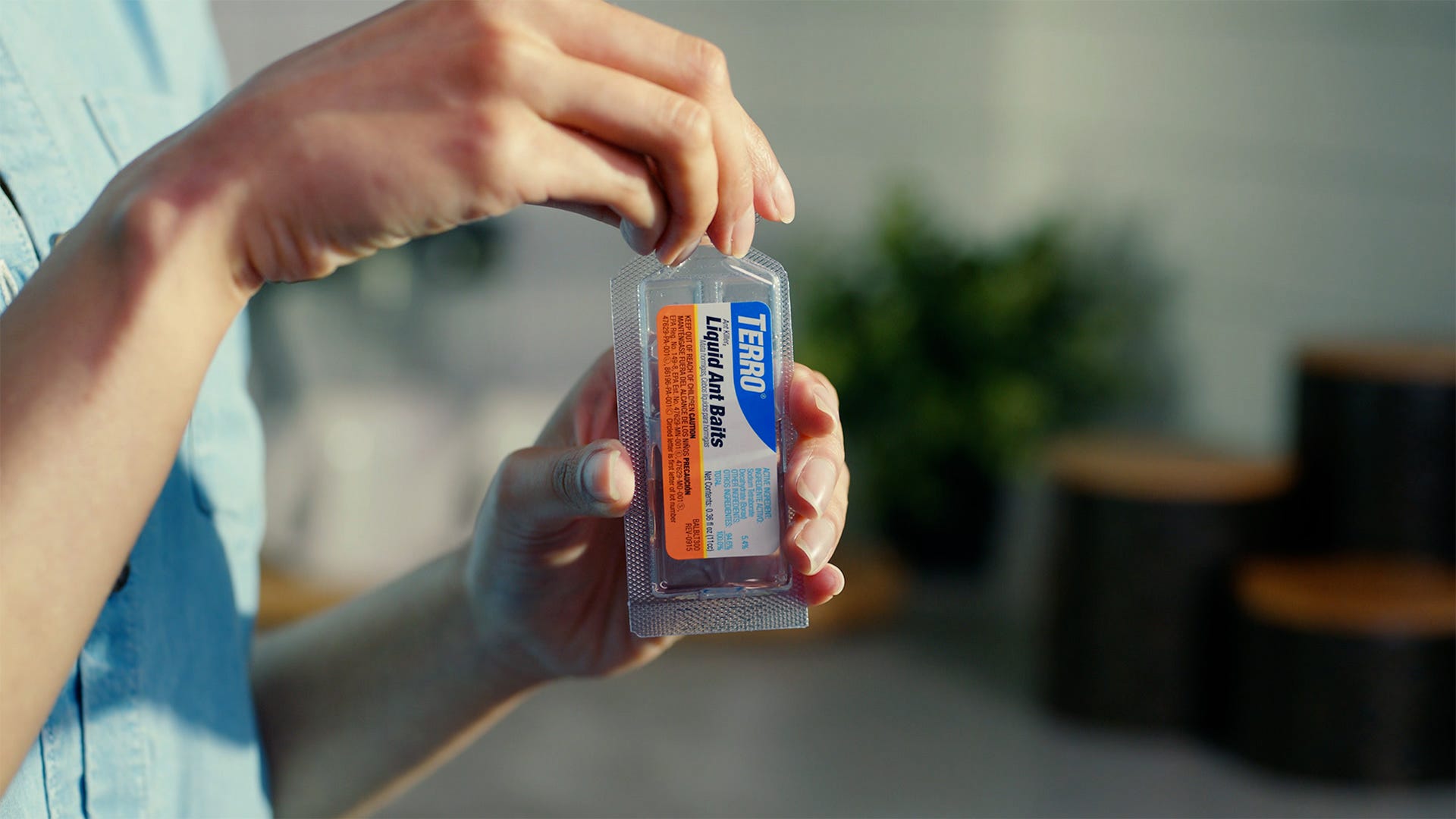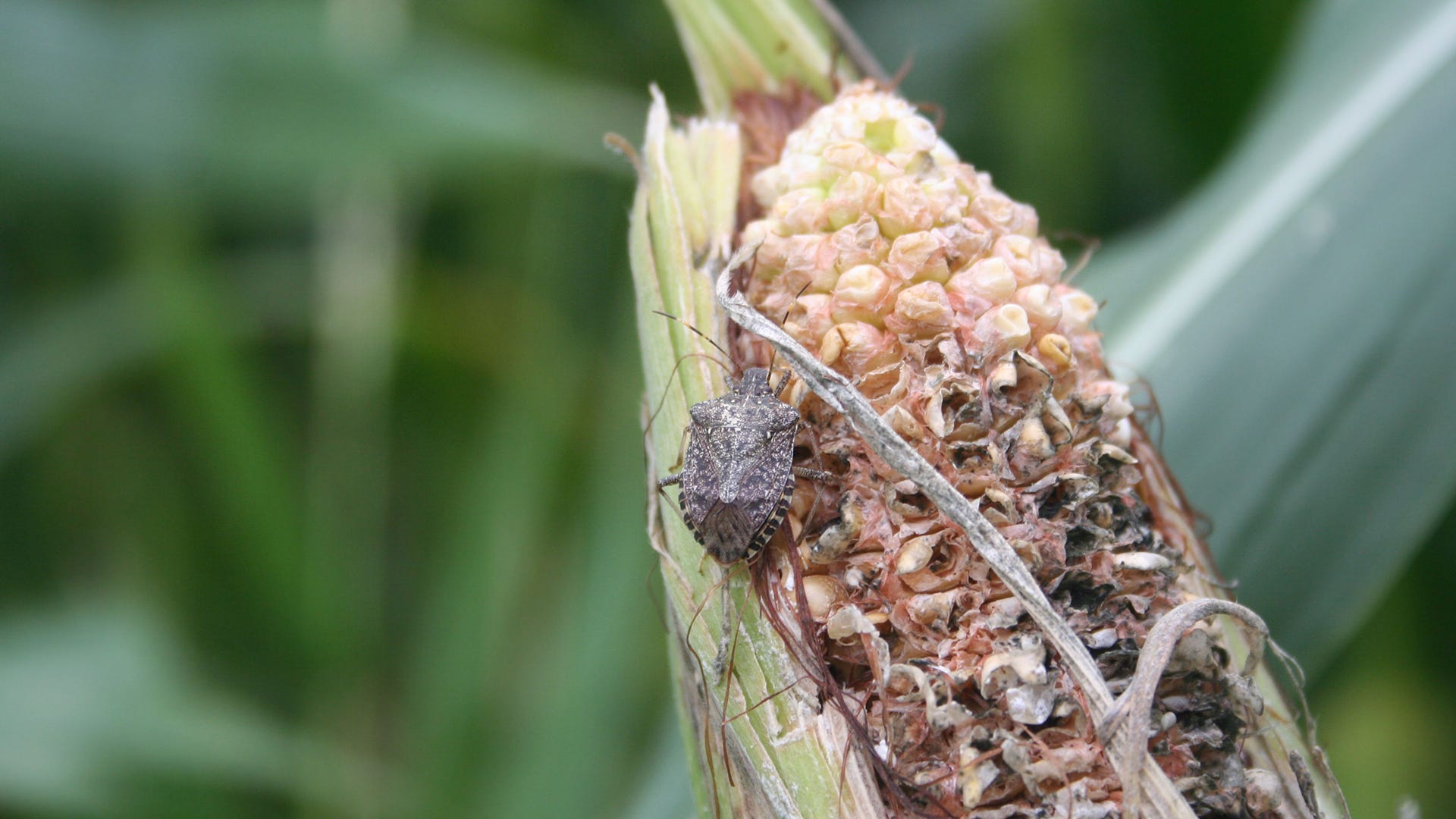Fleas and ticks are a constant worry for pet owners due to the itching they cause and their potential to spread disease to your fur family. If your pets love to frolic and explore the great outdoors (what dog wouldn’t?) you will probably have to remove a tick or treat them for fleas at least once in your life.
As with anything else, there are correct ways to do this and ways that should be avoided. To ensure you can keep enjoying quality time outdoors with your pets, use the information below as a guideline to minimize your chances of encountering fleas and ticks and to safely remove them if your pets have the misfortune of getting bitten by these pests.
How Did Your Pet Get Fleas or Ticks?
It’s important to identify problem areas where fleas and ticks may be more common, so you can actively avoid them and minimize your pet’s chances of suffering from their bites. Fleas and ticks are an extremely common problem among pet owners, but they don’t need to be. These pests may be similar but their method of transportation from their habitat to your pet is slightly different and it’s important to understand the differences.
Fleas are opportunistic creatures. They usually hitch a ride on wild or stray animals that wander through your property. Female fleas will then lay eggs wherever possible, leaving generations of these jumping pests in their wake. The more animals with fleas roaming your yard where your pet plays, the more fleas, and flea eggs there are likely to be. From the moment they reach adulthood and obtain their notorious ability to jump, they can then leap on your pet and begin their infestation.
Ticks on the other hand undergo what is called “questing” when searching for their next victim. They crawl onto grasses or shrubs that are between 12-24 inches above ground level and wait for an animal or person to pass close enough for them to latch on. Unfortunately, they can lay in wait for a year, so there’s no perfect time to avoid their quest to bite.
How to Remove Fleas
Before you can remove these pests from your pets, you should know the symptoms of a flea infestation on your pets. They will alert you that something isn’t quite right with their actions including increased scratching, irritated skin, scabs, and increased biting of the skin.
When there’s one flea, there’s many. Since these jumping insects are tiny and hard to see, it’s important to know where to look for them on your pets. While they can bite nearly anywhere on your pet, they are more commonly found in the following areas:
- Near the base of the tail
- Belly and groin
- Armpits
- Furriest areas on your pet
Since fleas typically infest the furriest and warmest areas on your pets, it’s important to regularly check your pets. Carefully inspect your pet on a regular basis and look for black specks that resemble ground pepper. These specs are called flea dirt which is flea excrement and a telltale sign your pet has fleas. You may also notice irritated skin or flea eggs which are both signs your pet needs to be treated for fleas. Using a flea comb on your pet’s fur can also bring adult fleas away from the skin and allow you to diagnose the infestation.
Once you’ve confirmed a flea infestation, it’s essential to treat your pet. Your vet may suggest a flea bath, flea collar, topical medication, or a monthly pill. Always consult your veterinarian to ensure you choose the safest option for your pet.
After your pets are safely protected from further bites and infestations it’s time to protect your home. Even though your pet had their fleas taken care of, there could still be adult fleas and eggs around your home which could start an infestation all over again. Regularly vacuum your home to suck up any eggs or larvae. Make sure to dispose of the contents outdoors in a secure trash can to avoid any fleas jumping from your garbage back into your home.
How to Remove Ticks

Whenever your pet has enjoyed time outdoors, you should check them for ticks. The sooner you can remove ticks, especially before they bite, the less likely it is your pet will suffer from a tick-borne illness. Ticks prefer areas on pets and people that are protected and warm. The following areas are the most common places to search for ticks, but they can be found anywhere.
- Groin
- Between toes
- Armpits
- In or around ears
- Eyelids
- Around the base of the tail and anal area
If your dog is extremely fluffy, use a hairdryer to easily part all layers of fur to clearly see the skin and any ticks that are lurking there. There are several ways you can remove ticks once you’ve found them on your pet. If they are in hard-to-reach areas and your pet will not sit still, it is best to bring your pet to the vet for professional removal to reduce the risk of injury. If you feel you can safely remove them yourself without causing harm to your pet, there are two options you can utilize: tick tools or tweezers. Most people don’t have a specialized tool to remove ticks, but almost everyone owns a pair of tweezers. To safely remove ticks, use the following instructions.
- Gently part your pet’s hair with your fingers so the tick is clearly exposed.
- Place the tweezers as close to the skin as possible where the tick has bitten.
- Do not twist or jerk the tick.
- Pull the tick slowly upwards and gradually add pressure until the tick releases its hold.
- Thoroughly clean the bite area and your hands with rubbing alcohol or another pet-safe cleaning agent.
- Kill the tick and dispose of it where your pet cannot eat it.
- If you’re concerned about the spread of disease, save the tick in a sealed container for testing.
Common Mistakes to Avoid
Removing a tick is never fun, but there are ways to make it easier and ways to make it stressful and difficult. To keep stress levels to a minimum and ensure you keep your pet as safe as possible, avoid these common mistakes when removing ticks.
- Don’t Remove Ticks with Your Fingers -- Ticks are gross. By touching them with your bare hands you can potentially transfer disease, especially if you touch its mouthparts. If you do happen to touch a tick, just remember to wash your hands as quickly as possible.
- Don’t Crush the Tick During Removal -- It’s tempting to squish these nasty creatures as you remove them from your beloved pet, but that’s exactly what you shouldn’t do. Squeezing or crushing them can force saliva and other bodily fluids into the cut on your pet, making them more susceptible to infection.
- Don’t Panic If the Tick’s Head Stays in the Skin -- Contrary to popular belief, it’s okay if the body comes away and the head of the tick remains stuck in your pet. This is a common occurrence and no cause for panic. It usually occurs when ticks have had a few days to really embed themselves in the skin, but much like a splinter, your pet’s body will force it out in a few days.
- Don’t Try to Suffocate the Tick -- A lot of people use Vaseline, nail polish, or other household substances to try to make ticks back out voluntarily. Using these items can cause ticks to vomit while still embedded in your pet. It’s best to stick to tweezers.
- Don’t Use Fire -- Lighting ticks on fire whether still attached to your pet or not is a very bad idea. This causes ticks to vomit and can help the spread of disease. Most importantly, you are at risk of burning your pet and making the situation much worse.
- Don’t Throw Live Ticks in Sink or Trash Can -- They will just crawl back out. It’s best to flush them down the toilet or use a tick spray outdoors.
Flea & Tick Prevention Tips

By taking the proper precautions to prevent ticks and fleas you can reduce the chances of your pet ever having to suffer from the bites of these creatures. Use the following tips to keep your pets happy and healthy while they enjoy their time outside.
- Remove Flea & Tick Habitats -- Shrubs, long grass, woodpiles, grass clippings, and crowded flower beds can all provide a safe place for both fleas and ticks to live. By cleaning up these areas, you eliminate places where they can hide, keeping their populations low and even away from your property.
- Spray Your Yard -- In order to enjoy time spent outside with your pets, you need to know they are protected. Terro® Tick & Flea Spray can be used nearly anywhere fleas and ticks hide. Each time you spray, your property receives up to 4 weeks of protection from fleas and many species of ticks that are known to carry disease.
- Use Indoor Traps -- Inside your home is a perfect environment for pests to thrive since it provides protection, food, and warmth all year long. As an added layer of protection, keep a pet-friendly flea trap running every day.
- Conduct Regular Grooming -- Regularly grooming your pets can prevent fleas and ticks from ever getting a chance to bite them. Brushing and bathing can rid pets of these pests and will alert you early if there is flea dirt, a small tick, or just regular dirt from playtime in the yard.
- Check People and Pets Frequently -- It’s never too soon to check your pet for fleas and ticks. Set a weekly reminder on your phone to hold yourself accountable. If you’ve ventured out into nature, it’s best to do a thorough check of yourself, your pets, and any items you brought with you. Ticks can hide nearly anywhere so always take precautions with your items, so you don’t unknowingly bring ticks into your home.
- Stay Up to Date on Flea & Tick Treatment -- Talk with your veterinarian about the best option for your pet and never miss a treatment. Flea and tick preventatives will keep your pets as protected as possible from their bites. Consider giving your pet supplemental vaccinations against common flea or tick-borne diseases in your area, such as Lyme, to prevent them from becoming ill.
What Precautions Are You Taking?
Let us know on our Facebook page or brighten up our feed with pictures of you and your pet safely enjoying time together outdoors! Want more useful tips on fleas, ticks, and other insects? We’ve got you covered. Head over to our Learning Center for more great articles and bug-specific help pages or sign up for our e-newsletter to get fantastic deals on products you love and notifications when new things are coming!




